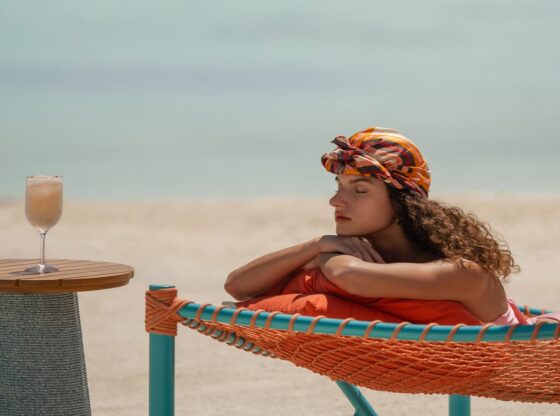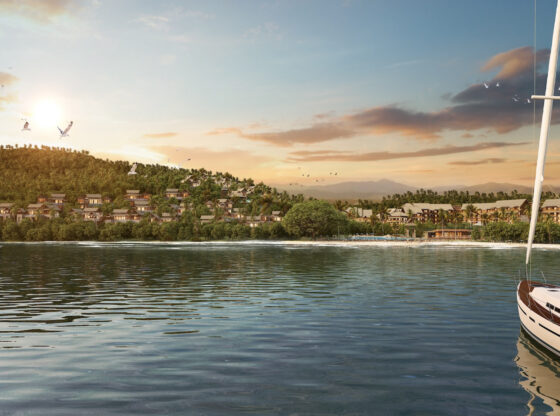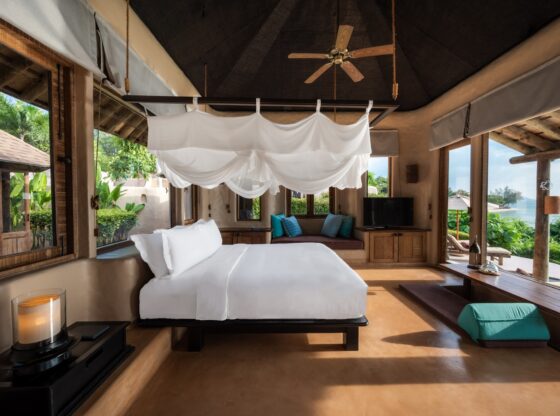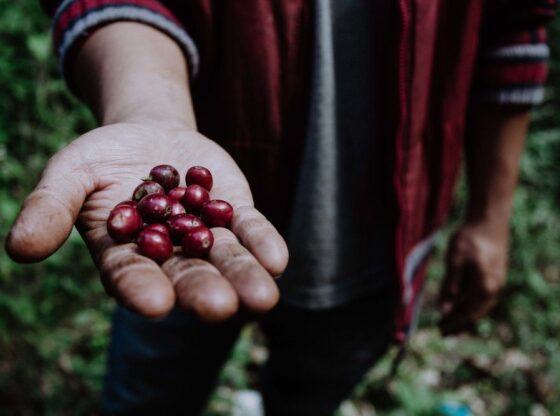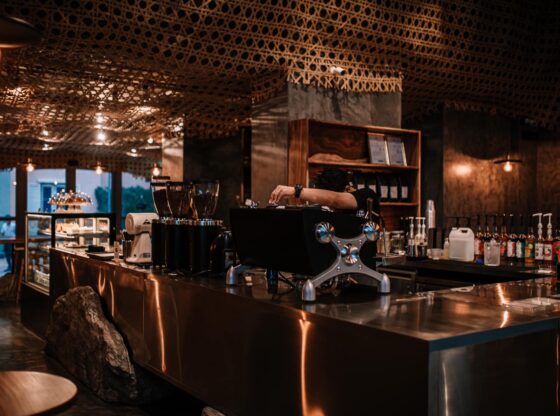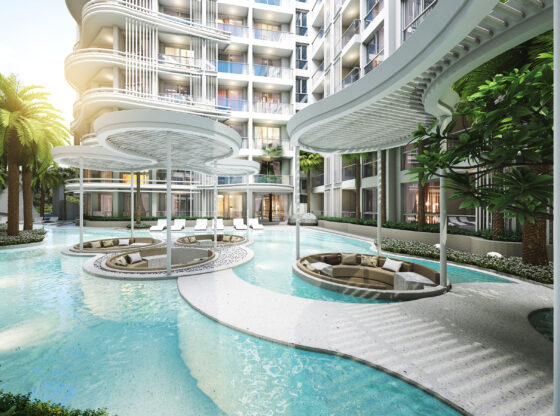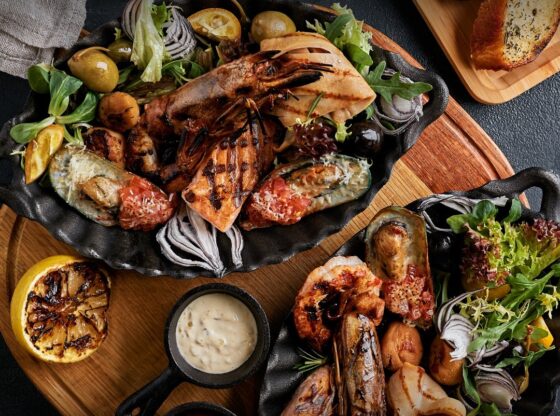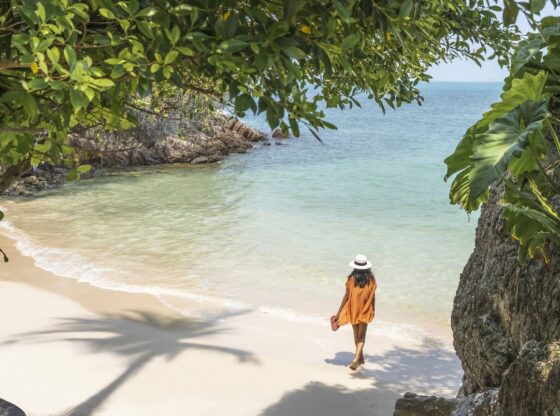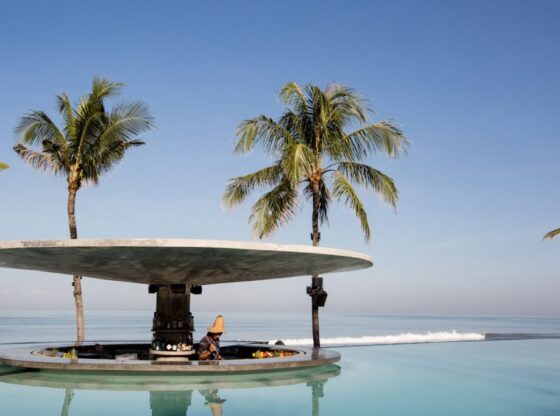![]()
A metropolis surrounded by incredible nature, Sapporo is the capital of Hokkaido, Japan’s northernmost prefecture. Lush with greenery in summer and a haven of powder snow in winter, the city is always brimming with new discoveries. From adventures in the great outdoors to myriad culinary delights, shopping, and unique cultural and artistic experiences befitting of a major urban center, every visit to this northern capital is an unforgettable experience.
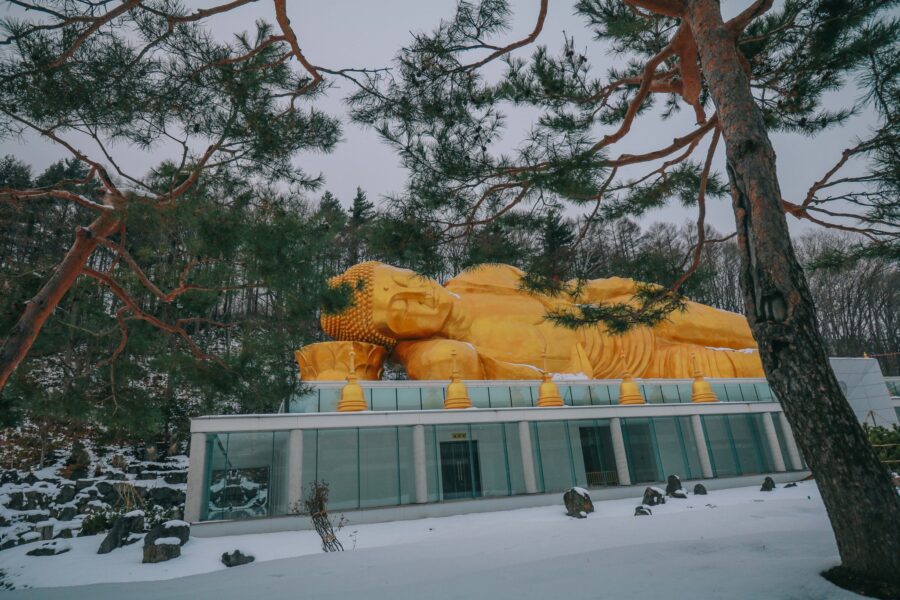
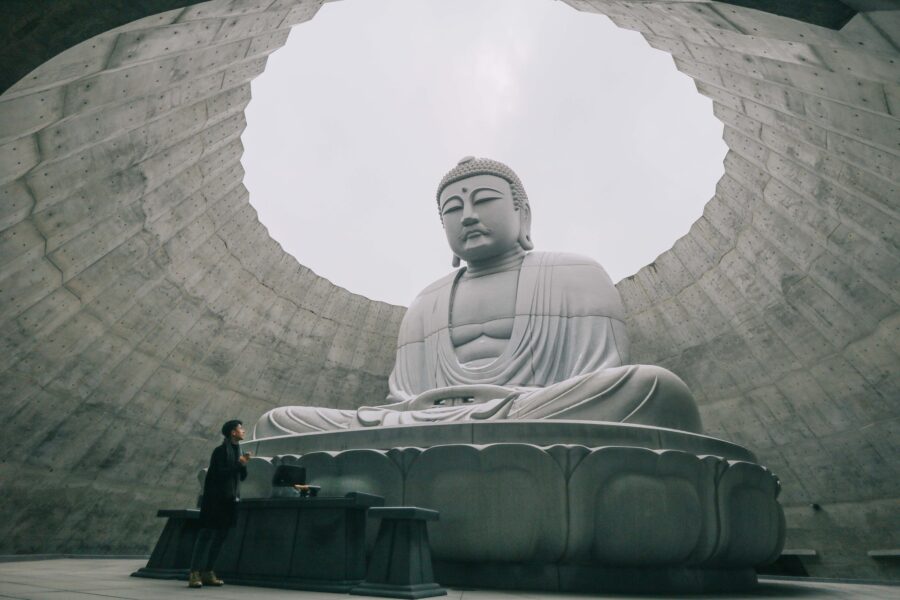
DO
Hokkaido Shrine, built in 1869, is a small yet popular shrine among the locals of the city of Sapporo. The shrine can be found in the vibrant maruyama park, which provides one of the best cherry blossoms viewing areas in Sapporo. As such, many locals will tend to visit the shrine during ‘Hanami’ or ‘flower viewing festival’. Additionally, the shrine is most full of life during the Japanese New Year where people visit the shrine for the first time in the new year and pray for good luck for the upcoming year.
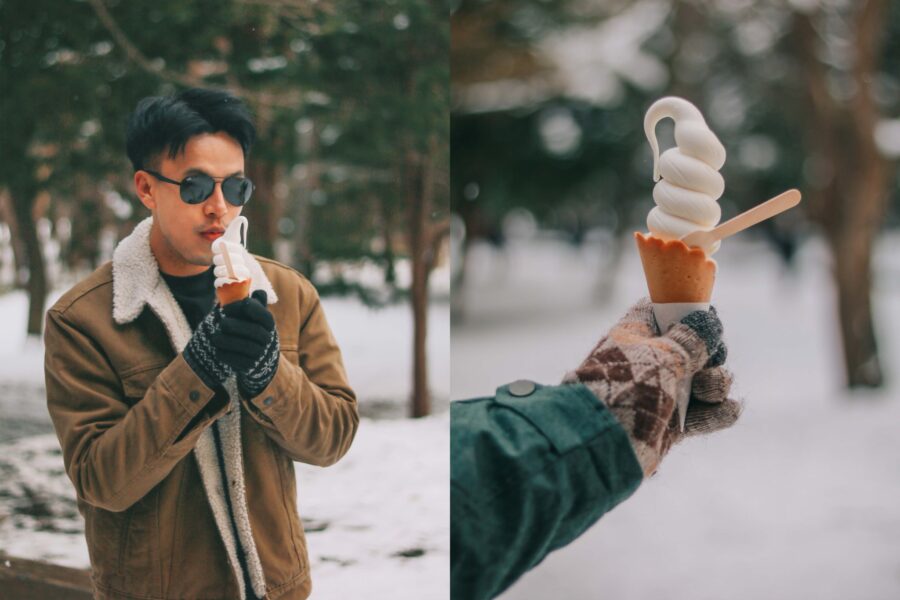
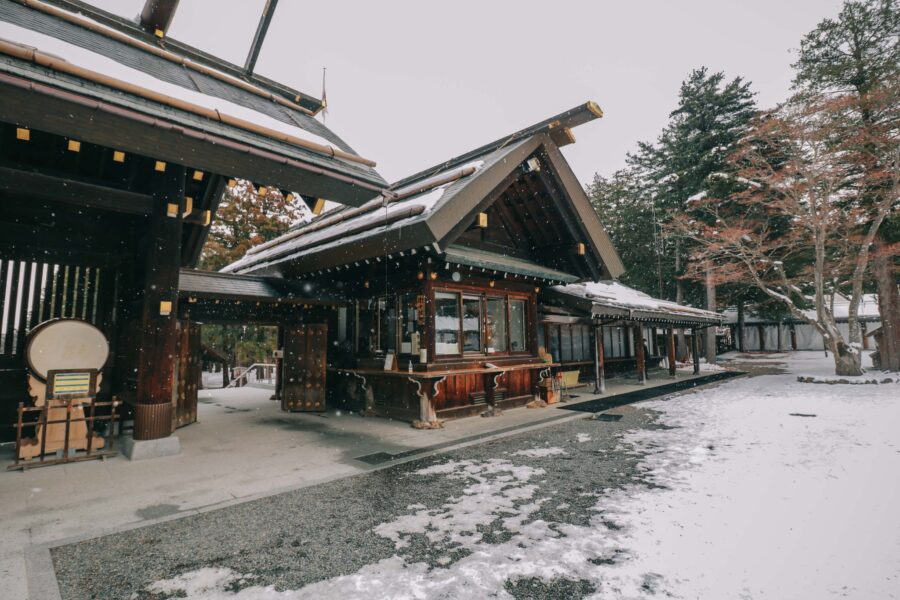
Inside Hokkaido Shrine, there are 4 gods (known as Kami) enshrined here, so it’s quite a spiritual place for locals. The shrine deities are Okunitama, Okuninushi, Sukunahhikona, and the late Emperor Meiji. Originally, the three kami were enshrined in Tokyo in 1869, but was moved to Sapporo in 1870, where the shrine moved around a few times before eventually finding its way to its present location in Maruyama Park. In 1964, the soul of Emperor Meiji was also enshrined here, bringing the total deities found here up to four.
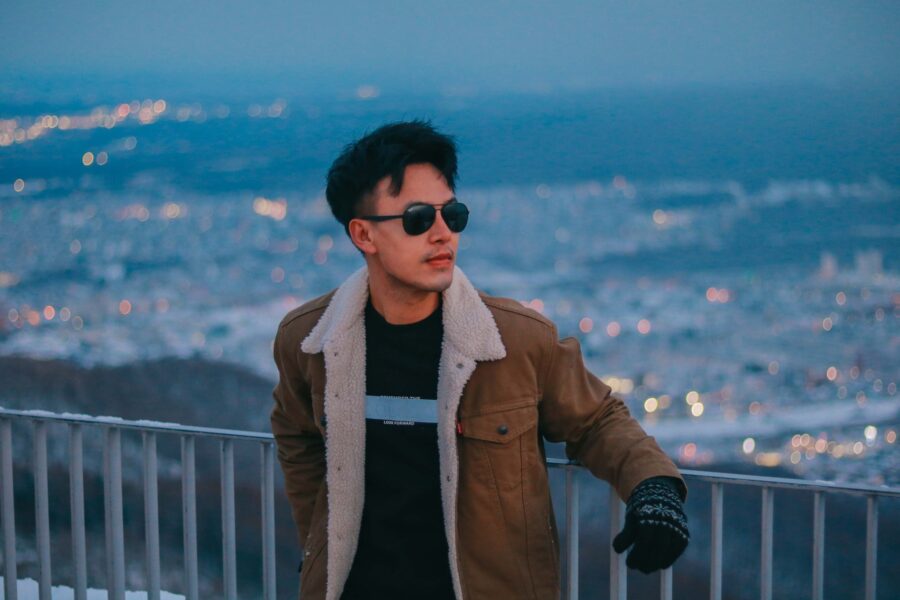
Sapporo Maruyama Zoo is a municipal animal park in Sapporo, Hokkaido Prefecture. When it opened in 1951, this zoo was the 10 largest in all of Japan, and it is still one of the most popular zoos in the country, ranging from Surrounded by nature.
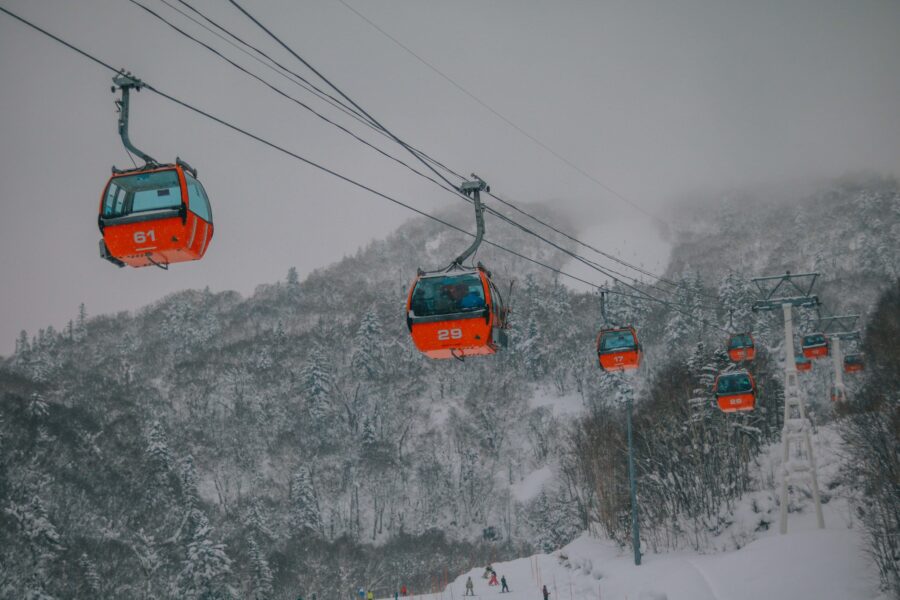
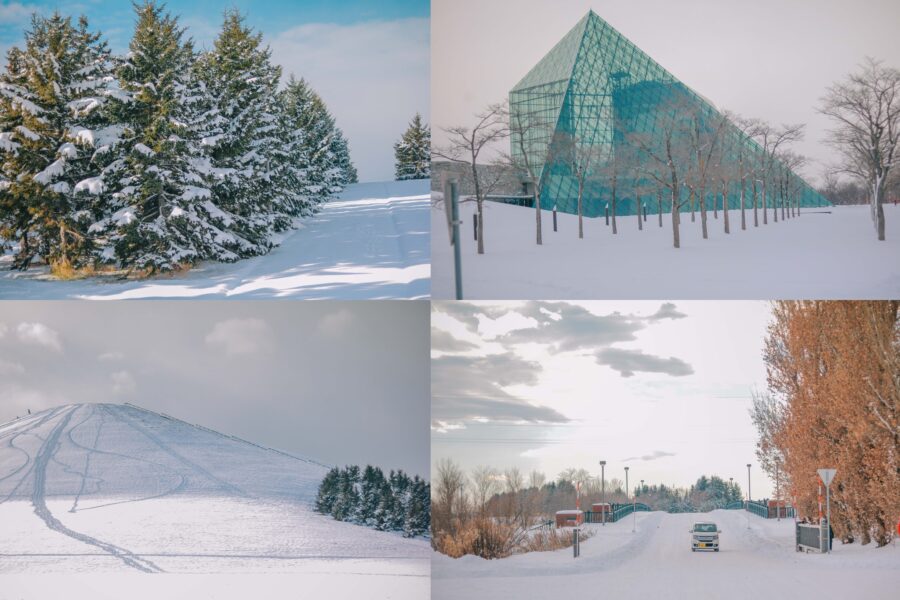
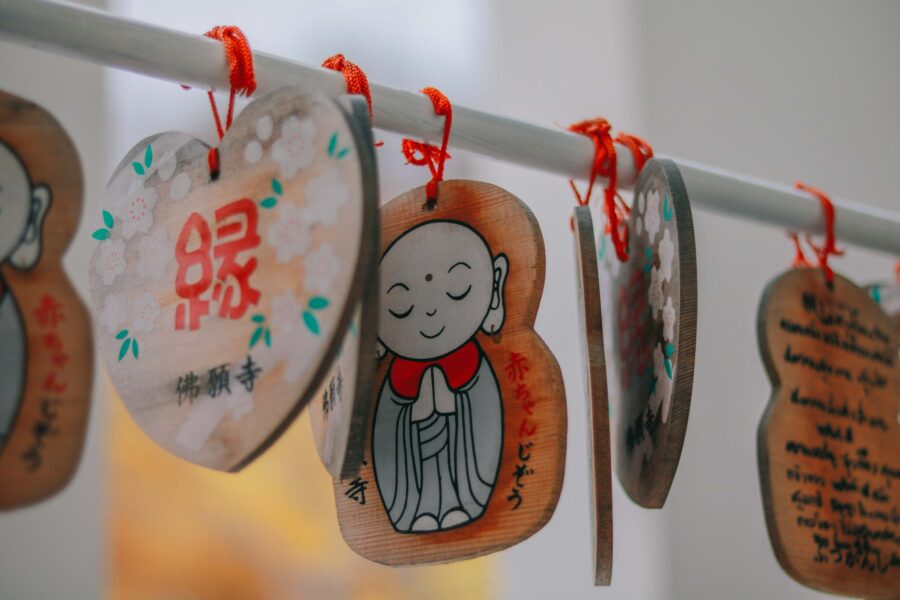
Jozankei is located inside Shikotsu-Toya National Park between the high cliffs of the Toyohira River. The town is only one hour outside central Sapporo, making it a popular side trip from the city. As a result, Jozankei is rather developed compared to smaller onsen towns in Hokkaido.
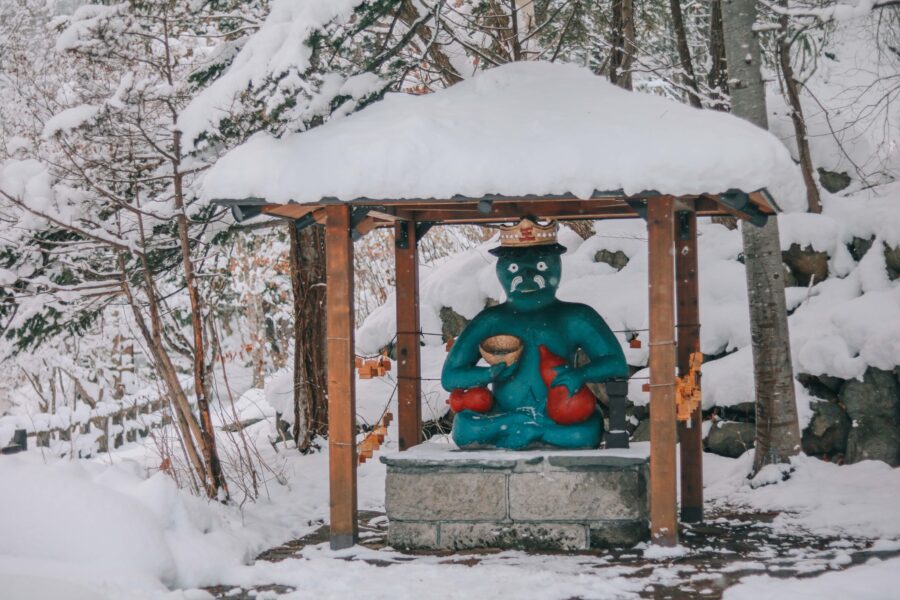
The onsen waters of Jozankei were discovered in 1866 and the town now has dozens of ryokan, restaurants and shops catering to hot spring tourists. Several ryokan offer day visitors entrance to their baths for a fee of 500 to 2000 yen. Furthermore, free foot baths can be found around town.
Besides being an onsen destination, Jozankei is a popular fall colors destination when the trees along the valley and in the side valleys turn to brilliant yellows and reds. The best time to see the leaves is usually around mid October.
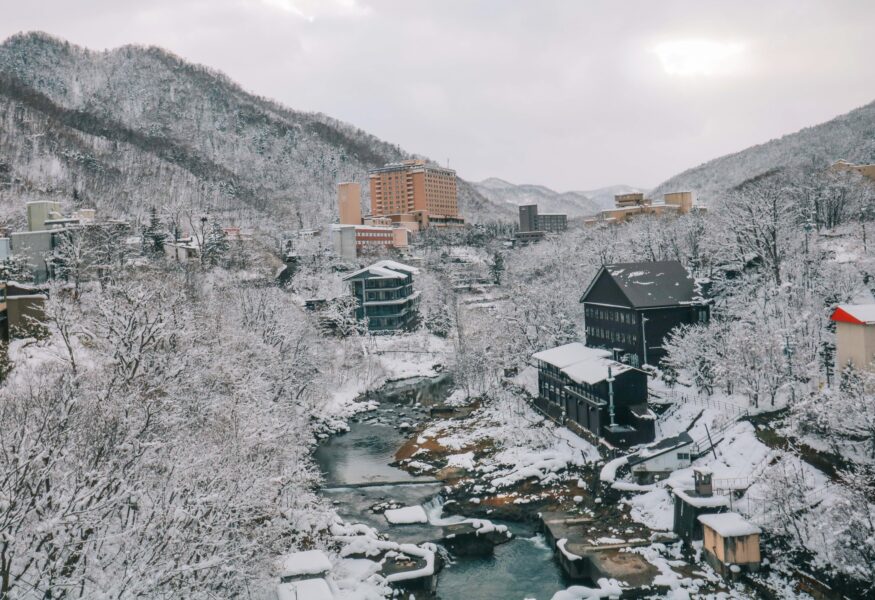
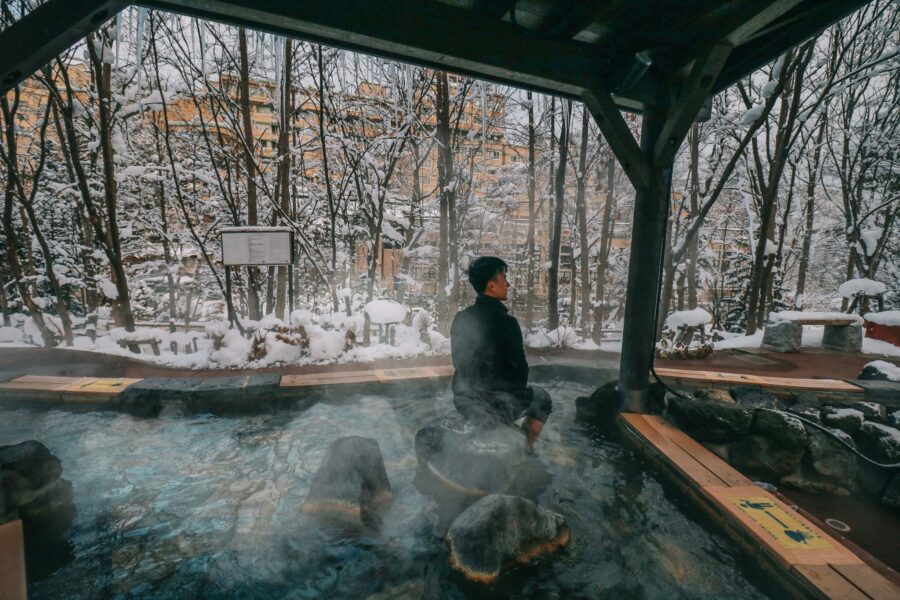
Iwato Kannondo is a unique temple in central Jozankei, as most of the temple is located in a cave. Built for road workers, who were killed during the construction of a tunnel, the temple’s cave is 120 meters long with 33 statues of Kannon, a Buddhist deity of compassion, placed at intervals along the way.
Toyohira River runs from Jozankei in the Minami-ku area of Sapporo, runs through the downtown Sapporo area, and flows into Ishikari River. It is a first-class river, where you can see salmon swimming upstream in the fall.
STAY
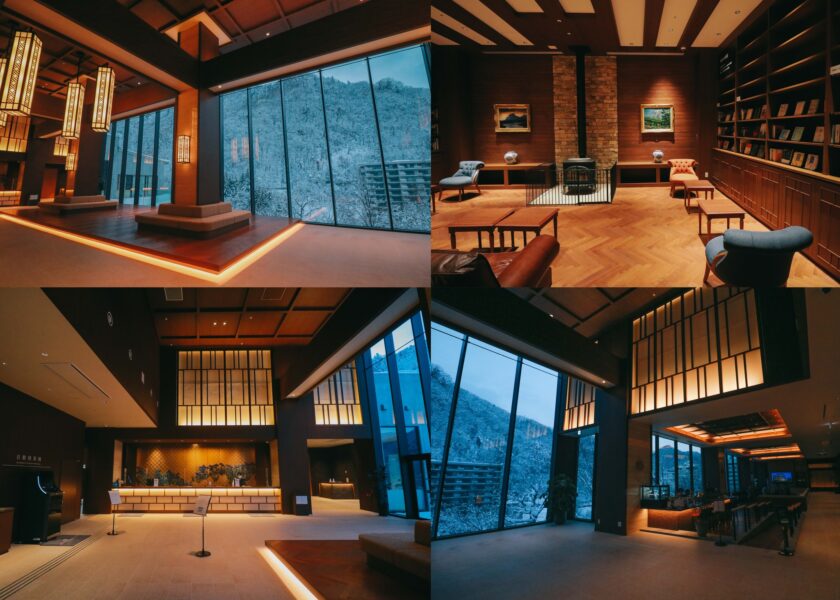
3-star Jozankei Grand Hotel Zuien Hokkaido features free self-parking, a swimming pool and a meeting room, and lies 15 minutes’ walk to Shiraito no Taki Water Purification Companyfall. Set within a few minutes’ drive from the concrete Hoheikyo Dam, it is this Hokkaido hotel to stay in Jozankei Onsen district of the city.
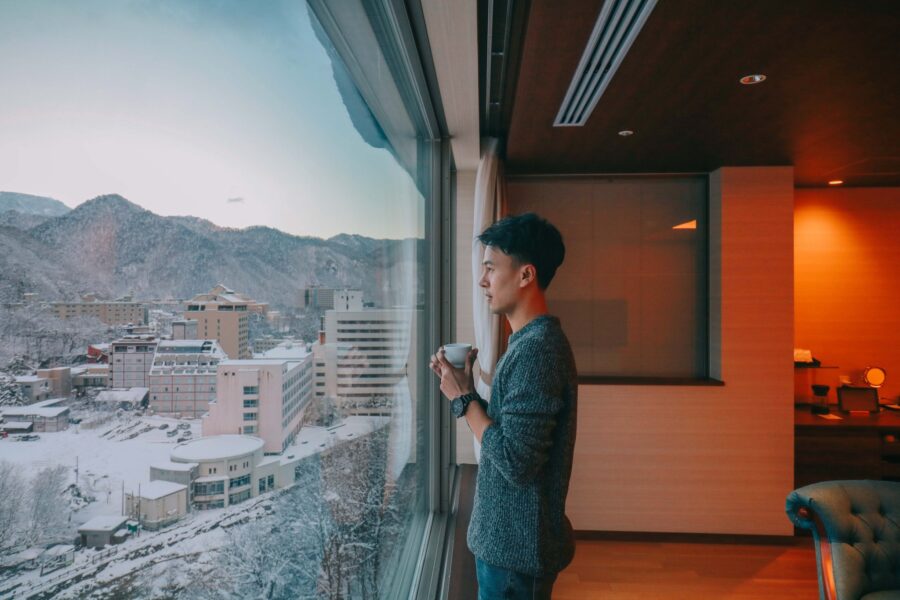
The hotel is placed about 25 miles from Sapporo Okadama airport and a few minutes’ walk from Jozankei Futami Park. Jozankei Dam Downstream Garden can be found around a 25-minute stroll of the accommodation.
Jozankei Shako mae bus station is located 5 minutes away from this hotel on foot.
Learn more about www.facebook.com/rorraijourney



